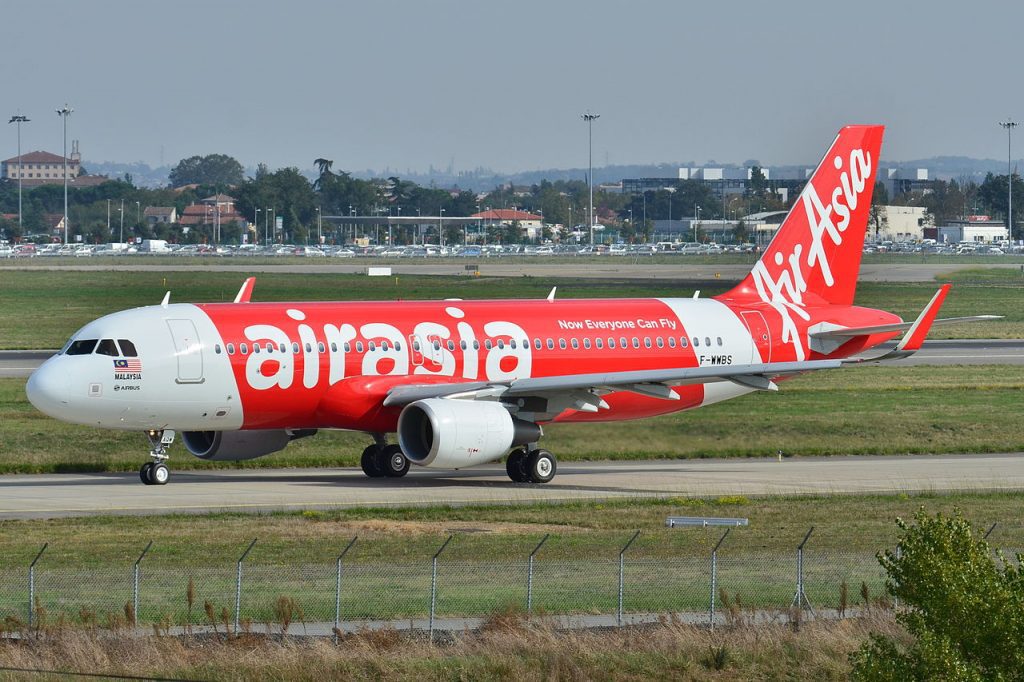Southeast Asian budget airline AirAsia was back in the black in the second quarter but its rebound was slowed by the global shortage in aircraft parts and other supplies.
The aviation business of Malaysia-based Capital A, which includes subsidiaries in Indonesia, Malaysia, the Philippines, and Thailand, posted an earnings before interest, taxes, depreciation, and amortization (EBITDA) profit of $87 million (405 million Malaysian ringgit) in the June quarter. That was more than double the result last year, and down just 7% from its 2019 profit. The group took full control of its four subsidiaries, consolidating them under the AirAsia Aviation Group name, during the quarter.
The profit growth was buoyed by unit revenues, or the amount AirAsia makes flying a passenger one kilometer, that were up 32% from 2019 levels. Lower than expected capacity, which stood at 74% of pre-Covid levels, helped drive the unit revenue increase.

The airline flew just 146 aircraft at the end of June, or about 54 fewer than in 2019. It attributed that number to the supply chain shortages affecting the industry globally and added maintenance needs as it fleet ages.
AirAsia plans to reactivate its remaining 54 aircraft by the end of the year, it said. A new subsidiary in Cambodia, AirAsia Cambodia, is set to launch imminently, AirAsia Aviation Group CEO Bo Lingam said.
The airline is preparing for its seasonally stronger third and fourth quarters, with unit revenues expected to rise through the end of the year. That could drive higher revenue and profits at Capital A as long as potential cost increases do not exceed the revenue improvements.
Capital A as a whole reported an EBITDA profit of roughly $100 million. And while its airlines were by far its largest businesses, newer segments like its Superapp saw revenue double from last year to $19 million; EBITDA profit for the app business was $8.6 million.

